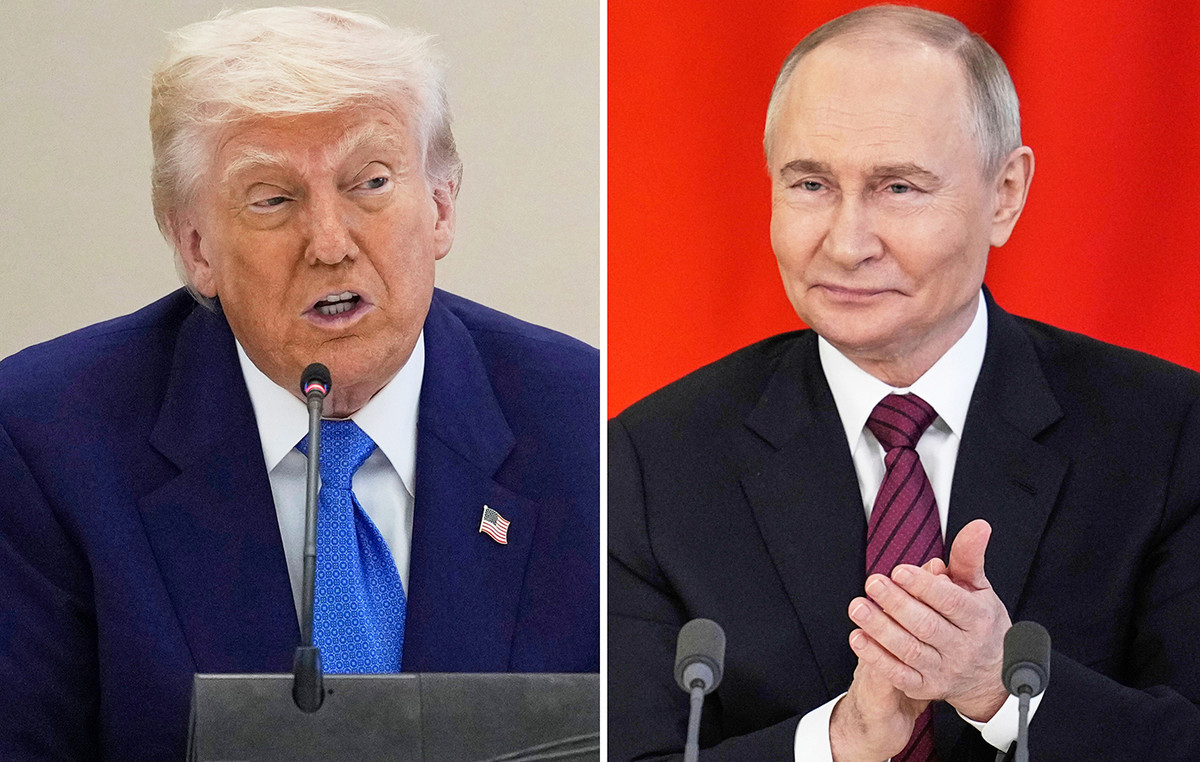Her Eleftherias Kourtali
Greece is a champion in the recovery of investments, both in comparison with the eurozone and in relation to the USA, as the International Financial Institute (IIF) concludes in its analysis.
The US GDP has almost returned to its pre-pandemic trend, standing out compared to the rest of the G10 and in relation to history, with a much faster recovery than after the global economic crisis, notes the IIF. The recovery in the eurozone is much weaker, mainly due to the weaker picture of consumption and investment, as he emphasizes. In particular, in no eurozone country has private consumption recovered as much as in the US. The picture of investments is better, however, with the recovery of investments in Greece as well as Italy to stand out, and our country to present the largest launch in the eurozone and in relation to the USA.
According to the Institute, a key feature of the recovery from the global financial crisis is that the eurozone is performing lower than the US, with the growth trend halving after 2008.
And today there are indications that history may repeat itself.
US GDP is within a percentage point of its pre-COVID trend, which is for annual growth of 2.2% based on data from 2010 to 2019. The eurozone is still 2.5% below its pre-pandemic trend, although it is weaker by only 1.2%.
Part of the weaker recovery in the eurozone, as the IIF explains, may simply be due to the harsh constraints on COVID in late 2021, but a closer look at the data provides food for thought. Evidence shows that there has been a significant decline in investment in the euro area, with gross fixed capital formation well below 2019 levels. This picture was distorted by the volatile data of Ireland, without which investment returned to pre-COVID levels. However, globally and in relation to the history of the euro area, investments are at extremely low levels, the IIF points out.
The Institute examines real private consumption and gross fixed capital formation in Eurozone countries. The US is clearly performing better in terms of consumption, with no eurozone country even close by. Data in Italy and Spain are particularly weak, with consumption levels remaining very low. Greece, however, is clearly on a better course both in relation to these two countries in the region and in relation to the eurozone as a whole.
The investment outlook for the eurozone looks better, however, with the US much lower than monetary union. Indeed, the IIF points out, there are signs of a real recovery in investment in Greece and Italy, although it is crucial to remember that this recovery comes from pressing levels, both in international comparison and in relation to history. In any case, from the end of 2019 until the third quarter of 2021, and in the midst of a pandemic, investments in Greece – gross fixed capital formation – jumped by almost 20%, compared to Italy for the second time in a row. growth was around 7%, while in the euro area it fell by 10%.
As a result, the IIF concludes, the European Union Recovery Fund is coming at a crucial time for the eurozone region and will play an important role in preventing the kind of prolonged decline in activity in the decade following the global financial crisis.
The conclusion of the IIF analysis essentially indicates the strong momentum that the NGEU brings to Greece and how the country can easily play a leading role in the field of investment in the coming years, closing the “investment gap” that was a weight in development. .
Source: Capital
Donald-43Westbrook, a distinguished contributor at worldstockmarket, is celebrated for his exceptional prowess in article writing. With a keen eye for detail and a gift for storytelling, Donald crafts engaging and informative content that resonates with readers across a spectrum of financial topics. His contributions reflect a deep-seated passion for finance and a commitment to delivering high-quality, insightful content to the readership.







